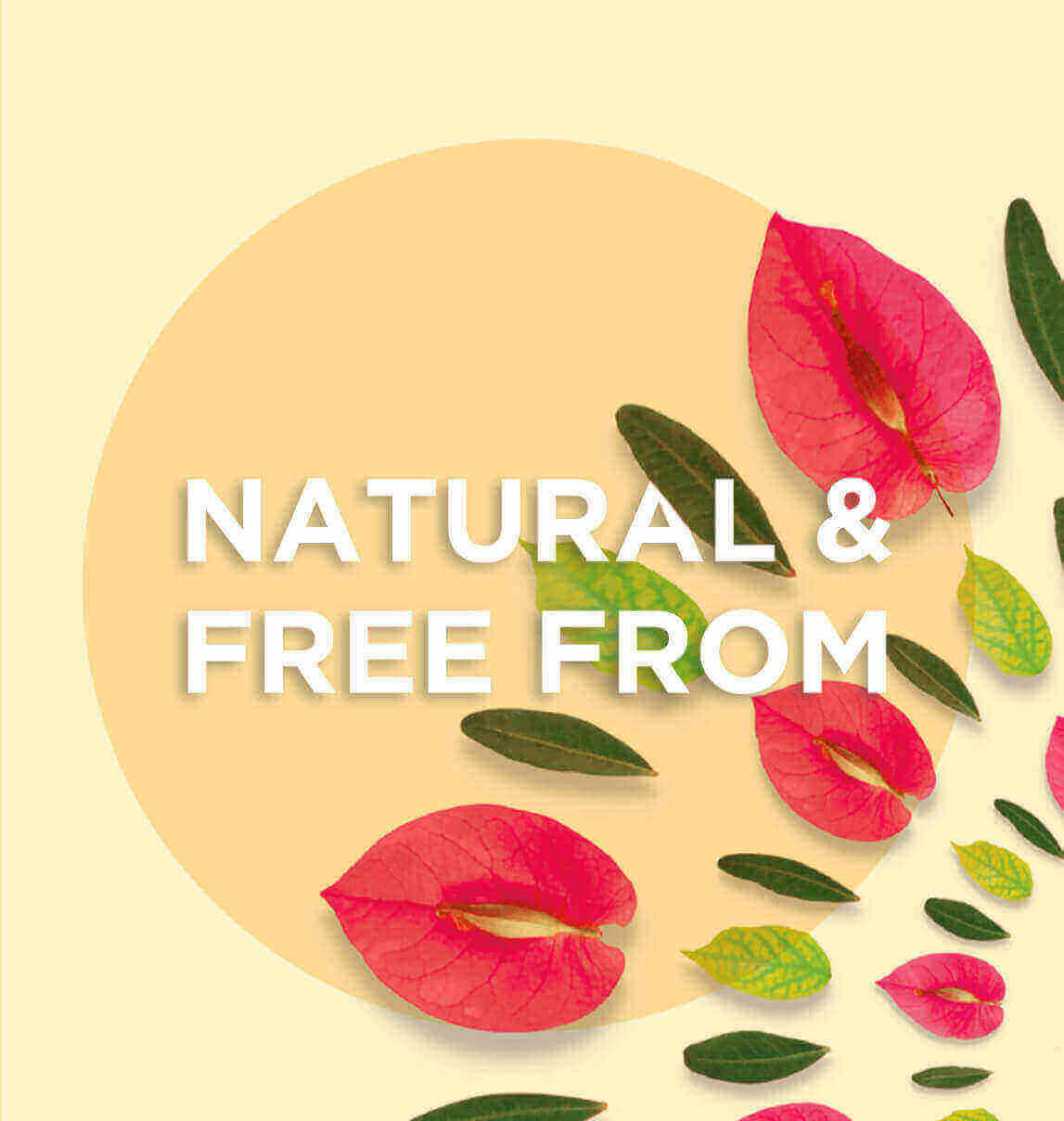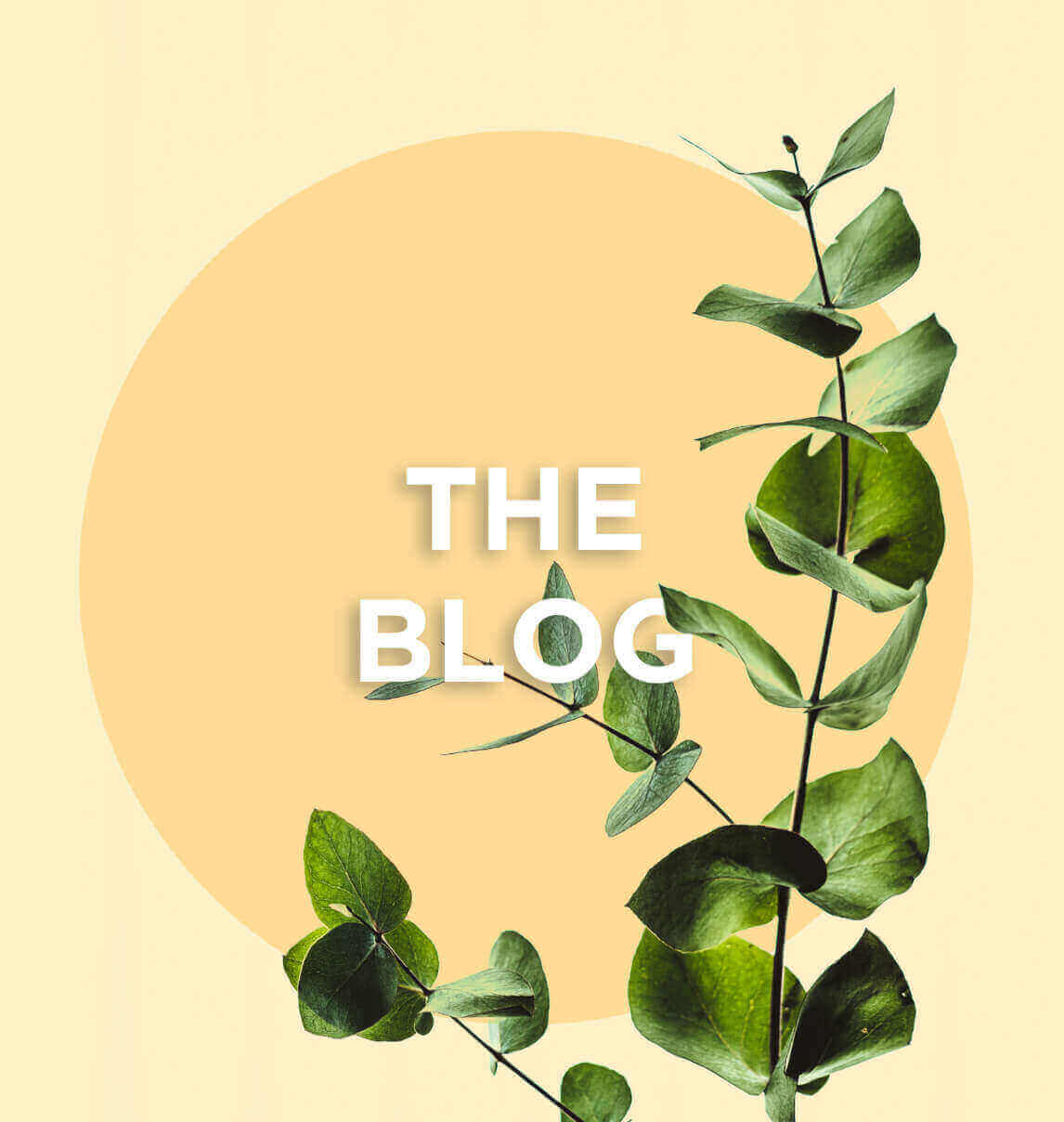Many different foreign bodies (antigenes) are regularly entering the body. The immune system is tasked with identifying and getting rid of them. It has two targets: things which cause infection (virus, bacteria, fungi and parasites) and things which trigger allergic reactions, known as allergens (pollen, mites, chemical products, foods, metals, medicine, pet dander, mould…).
An allergy is characterised by abnormal reaction of the organism to an allergen. When identified as an ‘unwanted’ allergen, an immune system response is triggered to get rid of it. Unfortunately this response can sometimes be a little over the top, this releases a high quantity of histamine released in the body and causes hypersensitivity or an allergy. The histamine released is responsible for the symptoms often associated with different types of allergies. These include allergic asthma, non-seasonal rhinitis, hay fever, hives, anaphylactic shock, vomiting, diarrhoea…
In some cases, it can even be body tissues which are no longer recognised by the organism following an alteration/modification (for example by microbes, toxic substances, pathologies). They become ‘intruders’ and can cause auto-immune disorders.
Not all types of allergies can be tackled using general medicinal approaches (phytotherapy, gemmotherapy, aromatherapy, nutritherapy, homeopathy…).
The best preventative measure remains completely avoiding the trigger element, which is not always easy given that the allergen must be identified and then eliminated wherever possible.
In cases where this isn’t possible, the best approach is being well prepared to limit the allergic reaction. This can be done is three steps:
Step 1 – Emunctory drainage
In phytotherapy, liver drainage using a blend of black radish, artichokes and common rosemary encourages the elimination of toxins and toxic substance build-up in the body. Liver drainage can also be carried out with gemmotherapy, using a glycerine macerate of common rosemary.
Step 2 – Strengthening the intestinal barrier
This is particularly important given that a high number of allergens enter the body through the intestine. So it’s important to target gut flora through nutritherapy (probiotics).
Regular treatments are recommended if the allergy becomes chronic.
Step 3 – Anticipating, avoiding or limiting possibilities of an allergic reaction
This last step is possible through diet and nutritherapy, using both phytotherapy and gemmotherapy.
Fruits, vegetables, vegetable oils and anti-allergy, anti-inflammatory medicinal plants high in antioxydants, essential fatty acids, vitamins and minerals are recommended (for example, quail eggs!).
To follow…
In part two, we will discuss different options and solutions for dealing with allergies and allergic reactions.





